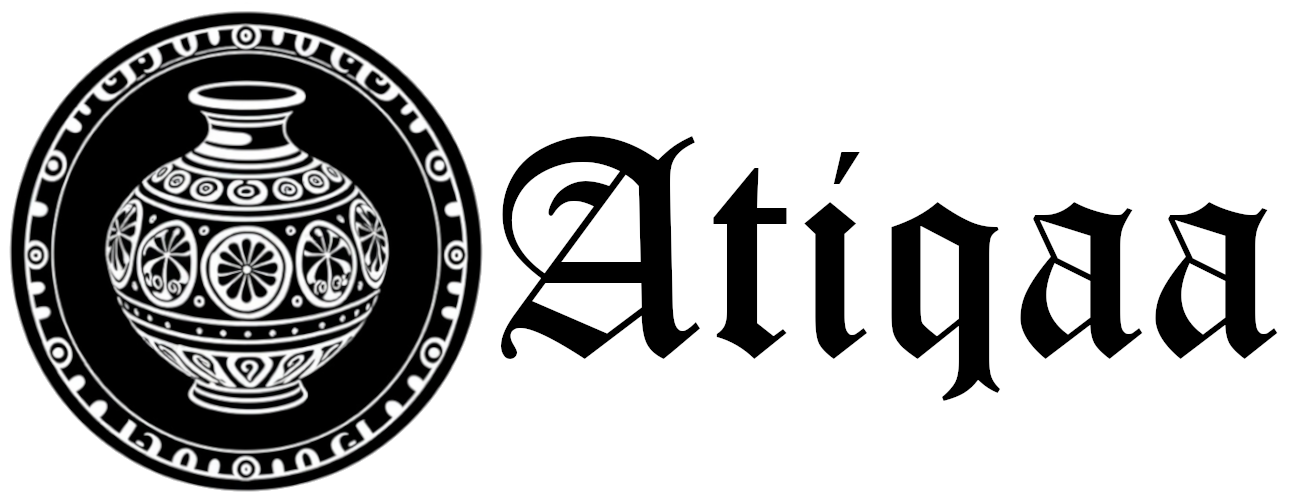-
Emeka checked-in
 7
Points
7
Points
Imagine you are a young 19 year old, on your first extended international trip alone as an adult. From the age of 3 you’ve dreamed of one day designing great buildings like the architects of the past and producing innovative engineering to go along with it. For the last 2 years, you’ve spent time at university for the first time learning “how” architecture is actually done and the hard work and commitment it takes to generate it. And you hate it.
Your past semester at Pitt has been horrible. You felt demotivated, have been struggling to juggle work, school, family, extracurricular, and life commitments, and you are at your breaking point. From the Ponte Vecchio one night you call your older brother in tears explaining the struggles you are having with the profession you’ve told yourself and the world you wanted to be for the better part of 17 years. For all your life you’ve wanted to be “an architect and engineer”.
But why are you on the Ponte Vecchio? What is the Ponte Vecchio?
The Ponte Vecchio is the oldest bridge in Florence. It has been such a European cultural relic for hundreds of years that even as the Germans retreated from Firenze in World War II, the were sure to destroy every bridge across the Arno to slow the Allied advance…except the Ponte Vecchio. It was on this same bridge that Cosimo I de’ Medici, the first Medici Duke of Tuscany would have famous renaissance painter and architect Giorgio Vasari construct the aptly named “Vasari Corridor” to connect the Palazzo Vecchio (last photo) or town hall/ruling center of Florence with the Palazzo Pitti which served as the ruling palace of the greater Medici clan. This passage remains to this day.
As you wrap up your phone call, you remember the happiness you felt as you were accepted into the Engineering of the Renaissance program in Florence this summer. This had been your dream to walk where your heroes da Vinci, Dante, Cosimo, Michelangelo, among others completed some of their greatest works…lived, loved, and were laid to rest. In this instance, you have a moment of clarity. Yes—this is hard—but amidst all the pain and struggle you are still happy to be here. Every day you’ve woken up and seen another architect, painter, historian, sculpture along with their works that has inspired you.
You did not know it then, but this would go on to be the experience which launched a career in architectural history for you. You would eventually find your way back to architecture and design buildings for some of the most notable companies in the world, but you had to come back to your roots and remind yourself “why” you got inspired to pursue this career in the first place. It was to design buildings that people generations from now could look upon, feel inspired, and continue on the legacy of humanity in an impactful way. Much like those renaissance heroes just did for you.
Florence/Firenze has a special place in my heart being the place where I went from just wanting to be an “architect and engineer” to starting my career as an art and architectural historian with expertise in Renaissance Architecture and pre-colonial West African art. It gave me the foundation, love, and resolve to once again commit myself to completing my engineering and architectural education, but also the more grueling undertaking of becoming a licensed engineer and licensed (by the end of this quarter 🤞🏾) architect.
It has been a long road, but anytime I see a photo of the Cathedral of Santa Maria del Fiore designed by the great renaissance architect, goldsmith, sculptor, and overall Renaissance maestro Filippo Brunelleschi…I am reminded of how far I’ve come in this journey.
While the Florence Cathedral was started in 1296, it wouldn’t be completed until 1436 due to the space below the dome being designed for a dome beyond any size imaginable by engineers at that time. They left the task to their great-great-grandchildren to figure out how/if they could engineer a dome of that size. It took nearly a century of ideation and a spark of engineering genius from Brunelleschi to be able to bring such a miracle to life…and this has inspired me to this day. The final decorative lantern which added after cathedral’s completion was also designed by Brunelleschi and sits a top the dome. While he did not live to see its completion, the final construction of this last element was witnessed by none other than da Vinci himself who allegedly journaled that there were “no great achievements left to complete that Brunelleschi’s had not already done”.
There are dozens of books covering all the great achievements of these men, or this era, or even just the Cathedral of Santa Maria del Fiore itself…but in the end, this was one of the most captivating and life changing buildings I’ve ever visited.
-at Cathedral of Santa Maria del Fiore, Piazza del Duomo, Florence, Metropolitan City of Florence, Italy
Sarah and danny2 Comments

